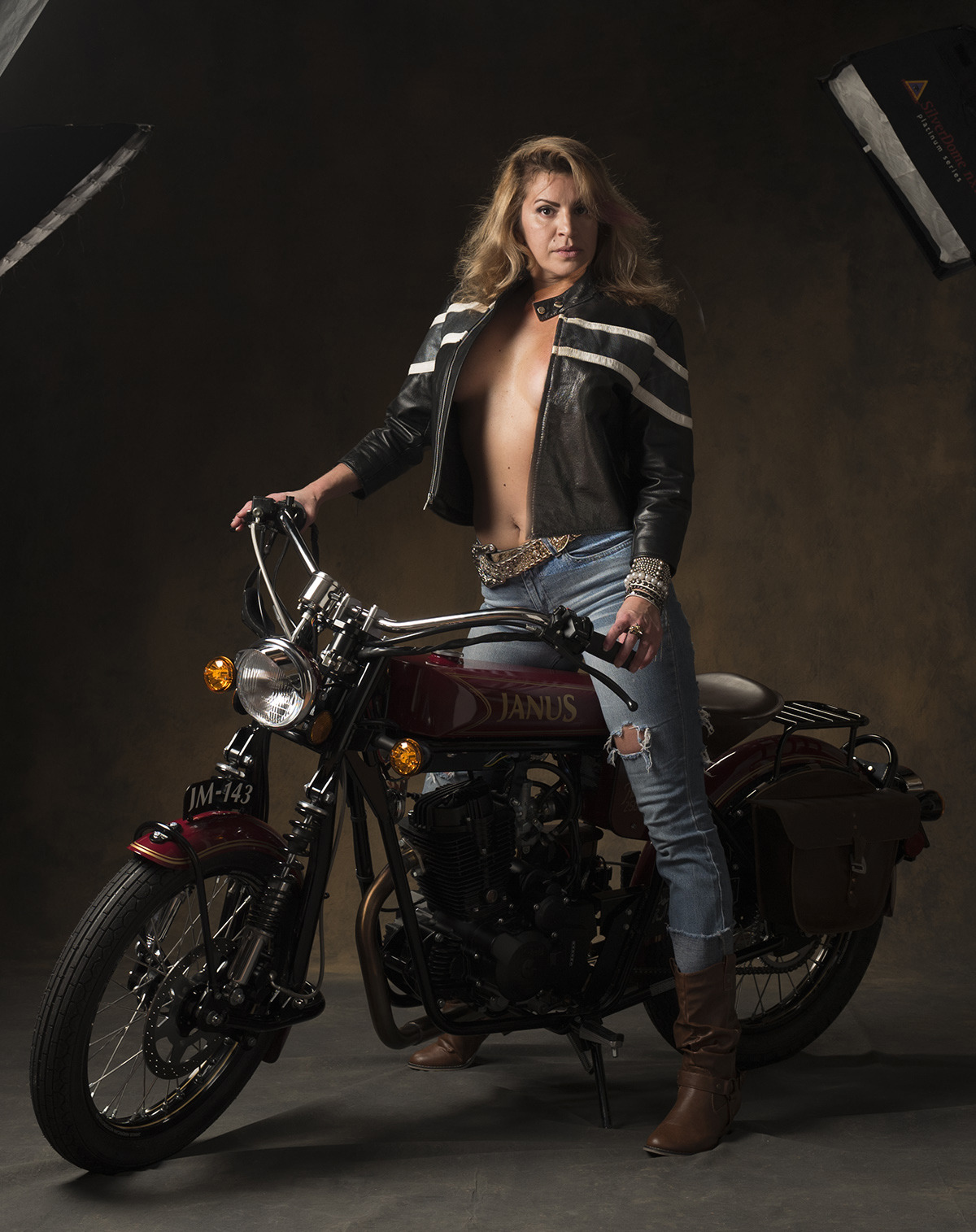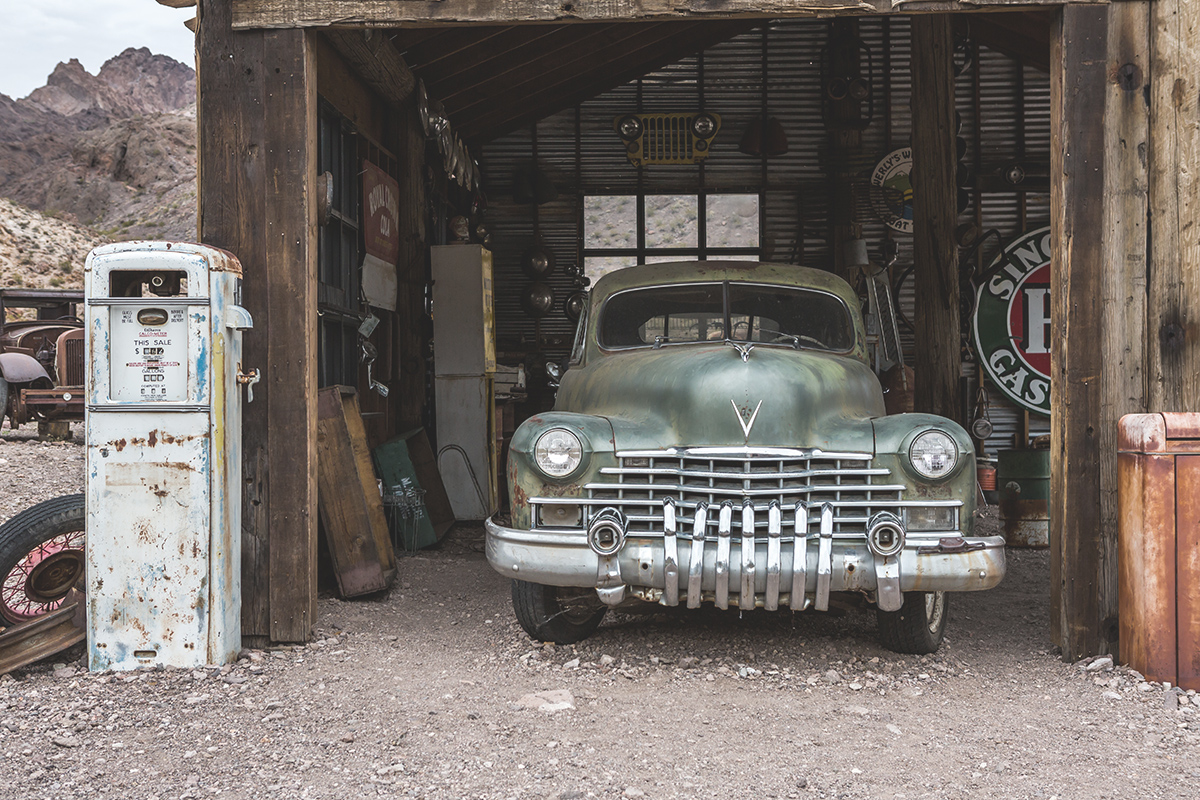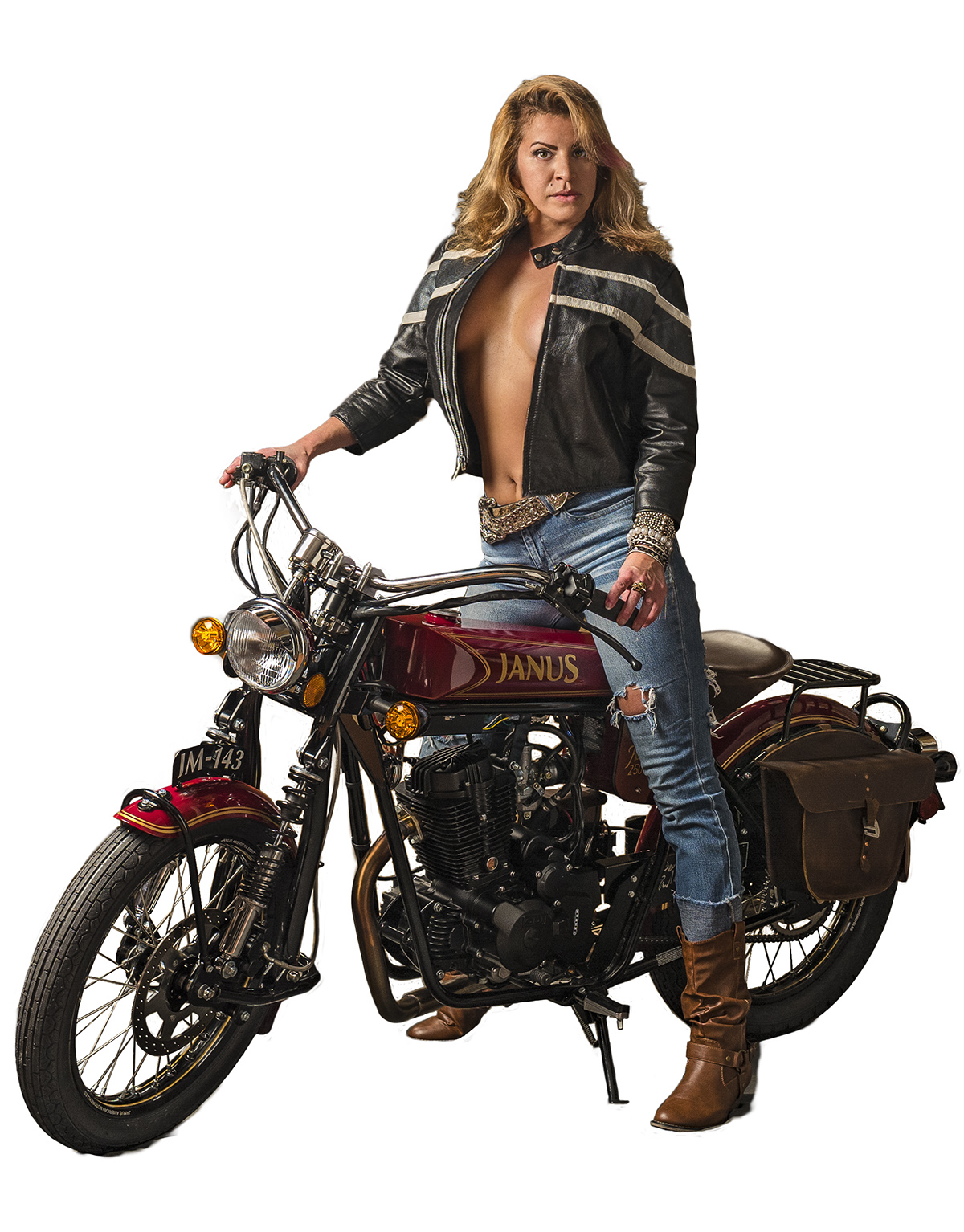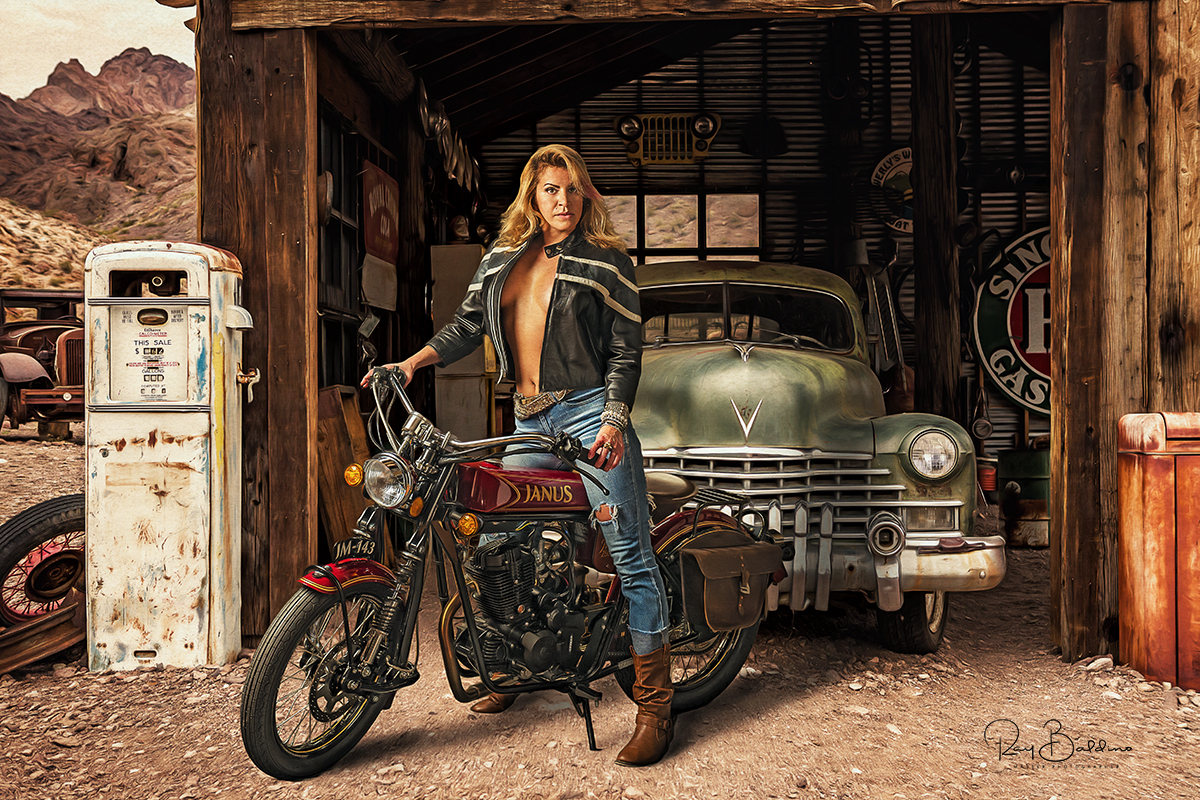Is it trickery?
Is it real?
In this digital age, with the tools provided and the skill of your craft, you can create just about anything your mind wants to invent.
I have to give credit to my great friend Thom Rouse. He is a Master Photographer and an expert in his visionary artwork. He opened my eyes several years ago to the composite aspect of photography and I’ve been intrigued ever since. Thanks, Thom!!
I’ve noticed online that a lot of people have commented and asked me how I put together some of my fantasy pieces. They were interested to see what I started with and what types of images I used. That’s why, today, I will describe my technique for creating composites. Composites are a mixture of different images that are blended together. I think some of us have tried to do this at some point, however just cutting out an image and placing it on top of another doesn’t always work. There is a certain level of patience and dedication it takes to blend images so that viewers will think it’s real.
There are many levels of composite images.
You can assemble from two to twenty or more different images on a composite, It really depends on how intense you want to make it. I usually have two, sometimes three images. That’s my personal choice, but everyone has different ideas. It depends on the end product.
I collaborate with my clients all the time. Some come in really wanting to play with some ideas so they end up with very cool unique images. I’ve always been a visionary person. However, sometimes I need a kick start to see that vision and that’s usually in our initial consultation where we discuss ideas and make small talk. This is when I see who you are and what you like and then POOF! I see something. It’s usually not the final solution; it’s just the start of our journey. Then we travel down the creative path together!
In this example of “Vanessa on the Motor Bike,” I photographed her in the studio with the lights on her to simulate the sun or natural light. It’s important to provide the correct angle of light to match the background. Sometimes, I have a background image already selected so I create the front or main subject in the studio to match it.
Remembering to match the natural light with the proper angles is so important in composite work, otherwise we end up with a non-realistic image.
We also need to consider perspective. If the background image was photographed with a low camera angle, then you need to shoot your main subject with the same technique, remembering to keep your subject in perspective when you overlay it.
Cutting out your main subject is a tedious job and could take hours depending on the complexity of your main subject. For my example with the motor bike, cutting in between the spokes was a “royal pain in the arse,” BUT you must persevere the pain to breakthrough. These details sometimes make or break the final result. Another tedious chore is cutting out the hair. It’s important not to make it look like a paper doll cutout. There are tools that make it easier, however there’s no magic wand. Tools will help but not in its entirety. It takes practice, patience, and skill.
After the main subject is played over the background, then you need to create the correct shadows under or around the main subject. This too is a bit tricky and will require lots of practice to make it real. My main finish is to add a layer of color or color filter to blend the images together so it looks like a finished piece.
This is only a brief overview and not intended to go into every detail because there is a lot more to this process. It has taken me many years to perfect, and I say that loosely because I think my work has many more years of improvement…
GO HAVE FUN! If you have any questions about composite work, feel free to comment!




COMMENTs:
0